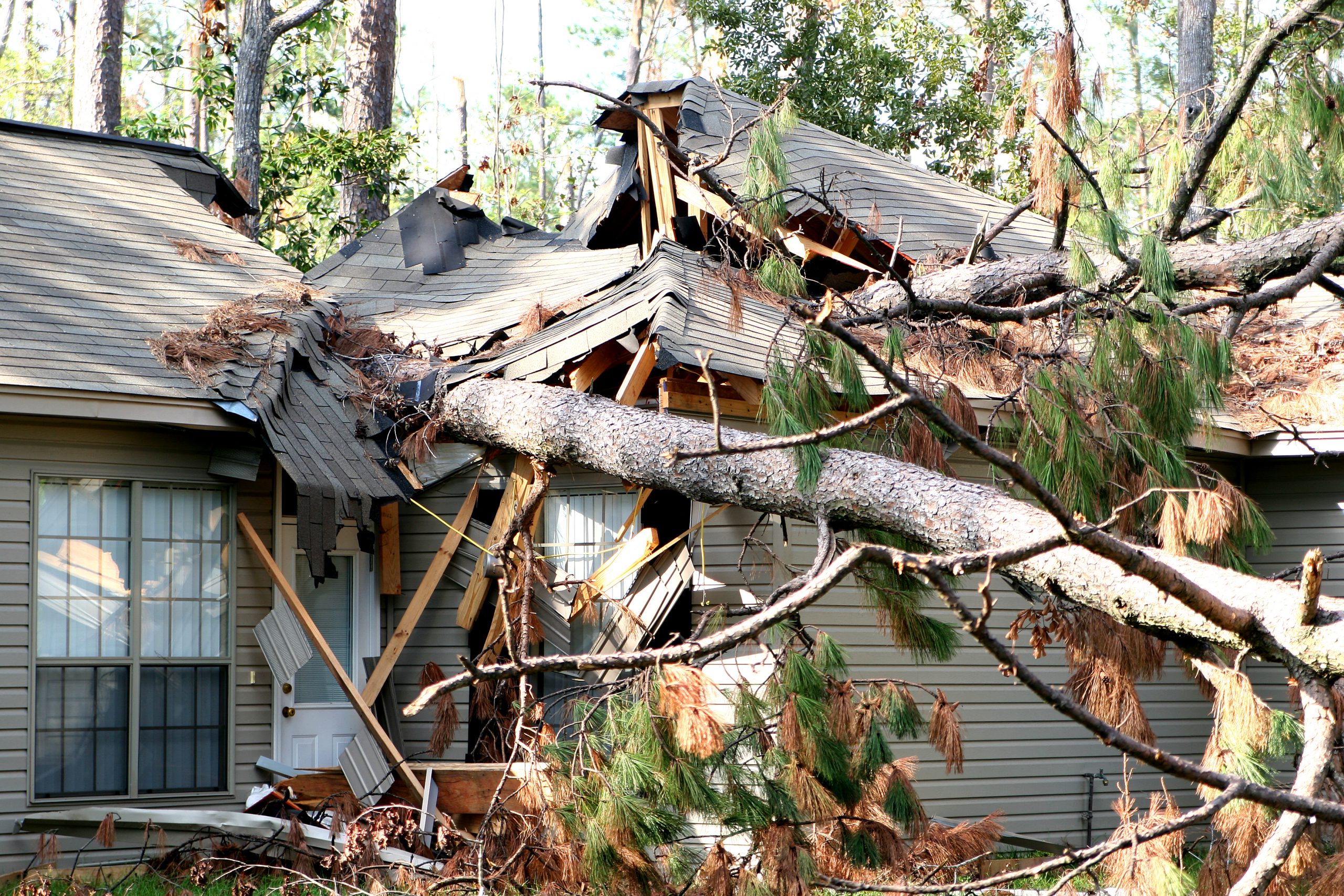
Australians are no strangers to natural disasters with a KPMG analysis in September 2023 revealing 18 million were impacted by at least one natural disaster the previous year.
An El Niño event on the east coast this summer, plus a positive Indian Ocean Dipole event (IOD) on the west coast, resulted in a double whammy of dryer, hotter weather conditions.
While these conditions have now passed their peak and returned to neutral zones, the Bureau of Meteorology (BOM) is still predicting a drier, warmer autumn across most of the country.
Yet the calmer months ahead will give Aussies a chance to clean up after the recent natural disasters, and prepare for those next summer. Knowing your local risk factors will help you be better prepared for severe weather events.
Floods
Brisbane City Council’s location on a natural flood plain combined with a sub-tropical climate enhances this area’s risk of storms and floods.
BOM advises such natural disasters can also often occur in central and western New South Wales and parts of Western Australia.
Bushfires
The Country Fire Authority (CFA) describes Victoria as one of the most fire-prone areas in the world and certainly, one of Australia’s worst ever natural disasters, the Black Saturday bushfires in February-March 2009, occurred in Victoria.
Cyclones
According to BOM, Australia’s most cyclone-prone area is the north-west coast between Broome and Exmouth in Western Australia, followed by north Queensland and the Northern Territory.
Preparing your home
Keep on top of these general tasks to help prepare for all natural disasters:
Clear leaf litter from gutters and downpipes.
Check windows and doors for cracks and leaks.
Check your home and contents insurance plan and ensure it’s more than adequate for significant natural disasters.
Organise how to protect vehicles and pets if early evacuation is needed.
These extra tasks will help you prepare for floods, storms and cyclones:
Organise sandbags, or know how and where to collect them.
Know how to disconnect utilities from main switches.
Clean up outdoor areas ensuring all loose items are somewhere secure.
If you are in a bushfire-prone area, keep on top of these jobs around your home:
Regularly mow and maintain lawns and gardens.
Trim back or remove all nearby bushes, trees and dead grass.
Remove all flammable items such as wood piles or crates that are close to the house.
Check the water supply including pumps and generators.
Install fine metal mesh screens on windows and doors.
